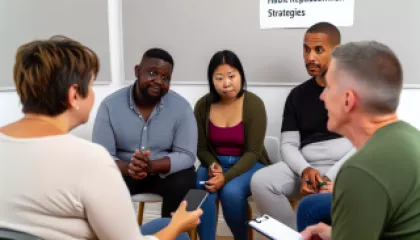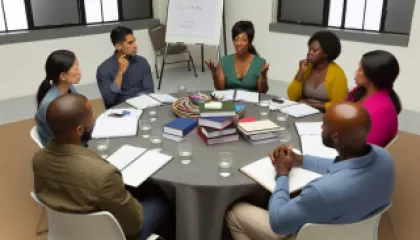The Science of Breaking Bad Habits: Strategies That Work
1 year ago
Breaking Bad Habits
Learning from 'Cocoon': Practical Care Tips for Aging Parents
1 year ago
Aging Parents
Mastering the Mindset: My Journey to Embracing Success Psychology
1 year ago
Success Psychology
How Can You Effectively Manage Holiday Stress?
1 year ago
Holiday Stress
How Can You Effectively Overcome Your Fears?
1 year ago
Conquering Fears
10 Psychological Effects of Music on the Human Brain
1 year ago
Psychology Of Music
Mastering the Art of Overcoming Resistance: A Comprehensive Guide
1 year ago
Understanding Resistance
Transforming My Connections: A Personal Journey in Social Skills Training
1 year ago
Social Skills Training
5 Steps to Begin Mindfulness Meditation for Beginners
1 year ago
Mindfulness Meditation









